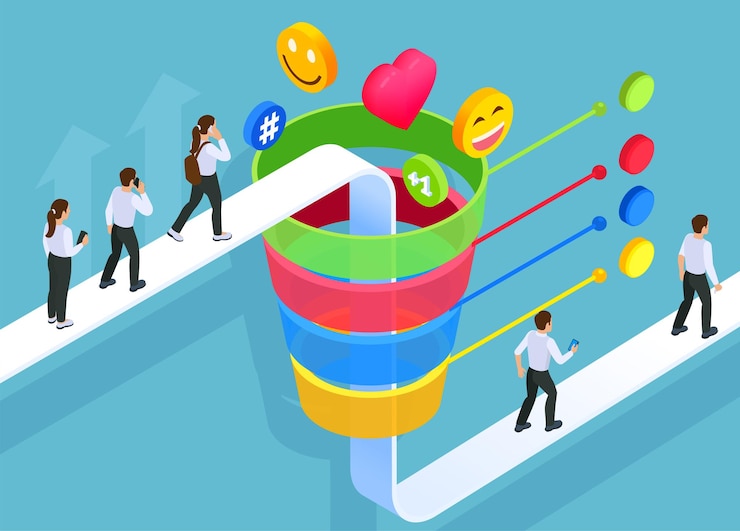
Introduction: Why This Decision Matters
Every business wants more traffic, more leads, and more sales. But should you invest your time and budget into Search Engine Optimization (SEO) or Paid Advertising first?
This decision affects:
- Your timeline for ROI
- Your customer acquisition cost
- Your growth strategy
Let’s dive into what each strategy brings to the table — and how to choose based on your business goals.
What Is SEO? (Search Engine Optimization)
SEO helps your site rank organically on search engines like Google. You’re not paying for each click, but you are investing in long-term visibility.
SEO Involves:
- On-Page SEO: Keywords, headings, meta tags, internal linking
- Technical SEO: Site speed, mobile optimization, crawlability
- Content Creation: Blogs, guides, landing pages
- Backlinks: Authority signals from other reputable sites
SEO Timeline:
Expect to see results in 3–6 months, but once it gains momentum, SEO can drive traffic consistently at low cost.
Benefits of SEO
- Long-term traffic and brand visibility
- Builds E-E-A-T (Expertise, Experience, Authority, Trust)
- Great for informational and comparison search queries
- Strengthens domain authority over time
What Are Paid Ads?
Paid ads (aka PPC — Pay-Per-Click) give you instant visibility. You pay platforms like:
- Google Ads (Search, Shopping, Display)
- Facebook/Instagram Ads
- LinkedIn Ads
- YouTube Ads
You’re essentially bidding for a top spot in search or on a user’s feed.
Paid Ads Timeline:
Results can come within hours or days of campaign launch.
Benefits of Paid Ads
- Immediate traffic and lead generation
- Hyper-targeted campaigns (audiences, demographics, behaviors)
- Easy A/B testing for offers, landing pages, and creatives
- Precise tracking via Google Ads Manager, Meta Pixel, UTM tags
Why a Hybrid SEO + PPC Strategy Often Works Best
Instead of choosing only one, smart marketers use both strategies in tandem.
Here’s How:
- Use paid ads to test keyword and offer performance
- Use SEO to create optimized content targeting winning keywords
- Use remarketing ads to bring back visitors who found you through SEO
- Measure performance to shift more budget toward the highest ROI channel
This approach lowers your Customer Acquisition Cost (CAC) and builds long-term visibility.
Case Study: eCommerce SEO + Paid Ads Growth
An eCommerce business selling handcrafted kitchenware started with Google Shopping Ads to test products. Based on ad data, they developed blog content targeting queries like:
- “Best eco-friendly cutting boards for small kitchens”
- “How to choose a sustainable knife set”
Within 6 months:
- Organic traffic doubled
- Paid ads budget reduced by 30%
- Overall revenue increased by 47%
Takeaway: Paid ads helped them test quickly. SEO helped them scale profitably.
Key Tools to Manage SEO and Paid Ads Together
To run SEO and paid ads effectively, use these platforms:
- Google Ads Manager – PPC campaign setup and analytics
- Google Search Console – SEO performance monitoring
- SEMrush / Ahrefs – Keyword research and SERP tracking
- Hotjar / Clarity – Landing page optimization
- HubSpot / Mailchimp – Lead nurturing automation
Ask Yourself These 5 Questions to Decide
- Do I need leads now, or can I wait 3–6 months?
- Do I have the resources to create content or optimize my site?
- Is my goal brand authority or quick conversions?
- What’s my monthly marketing budget?
- Can I handle both SEO and Paid Ads, or do I need to focus on one?
Your answers will determine your best starting point.
Frequently Asked Questions:
Q1: Can I do SEO and paid ads at the same time?
Yes, and many businesses see the best results by combining both. Start with ads to gain visibility fast, and build SEO for long-term traction.
Q2: Which one is more affordable long-term?
SEO is usually more affordable over time, while paid ads require ongoing spend.
Q3: What if I have no SEO or ad experience?
Start with a small Google Ads campaign and use basic SEO plugins like Yoast. Or hire a professional to help you set it up.
Q4: How can I track results?
Use Google Analytics, Search Console, and UTM links for paid ads. Most platforms give detailed insights for both channels.
